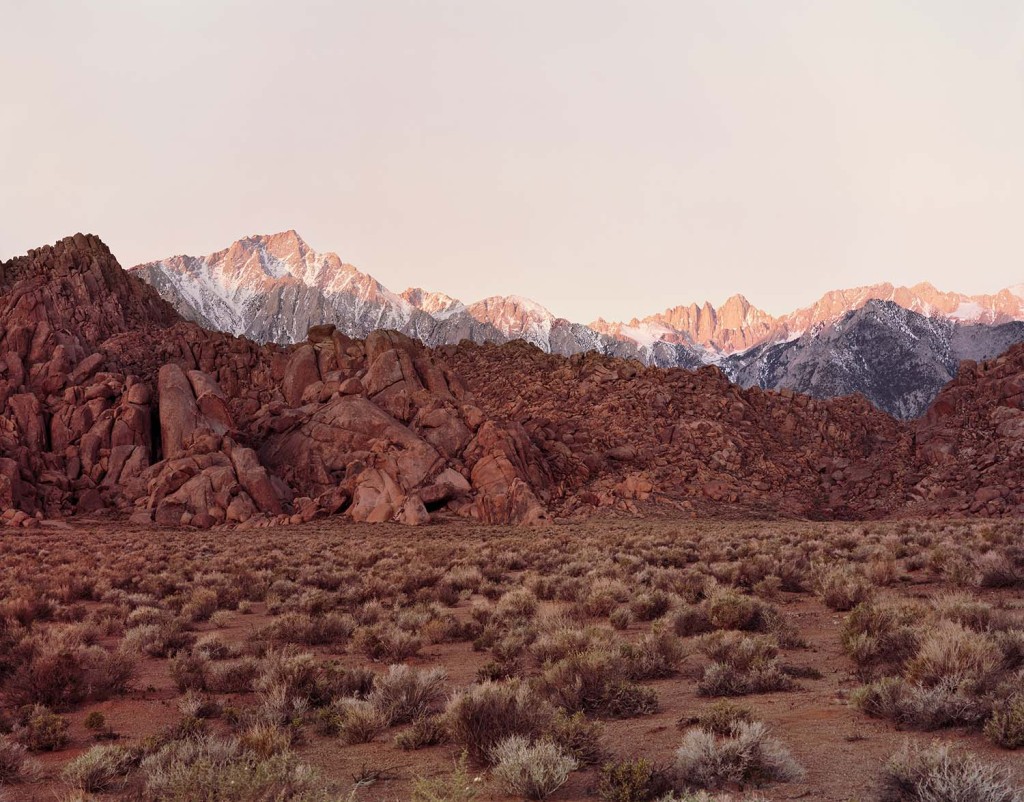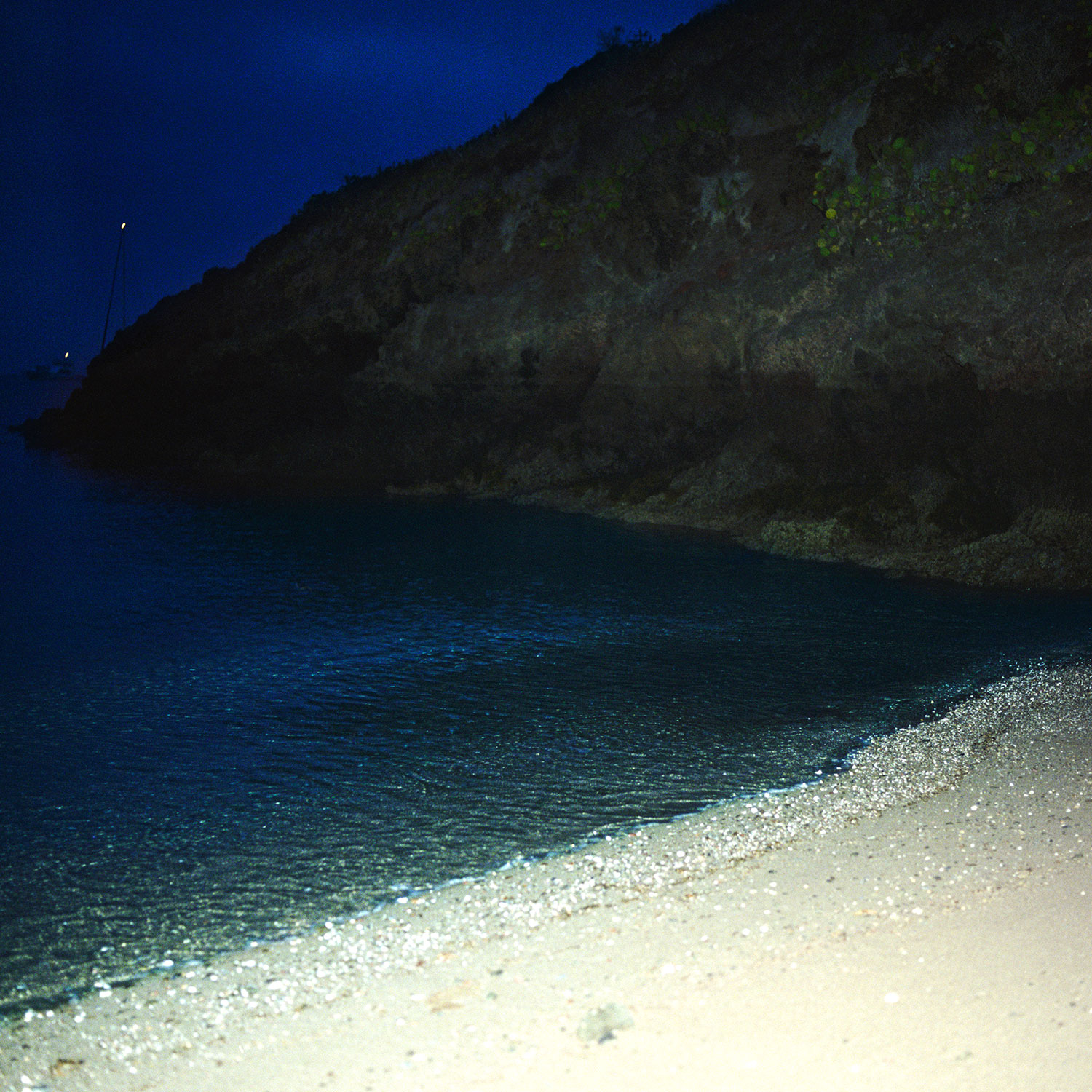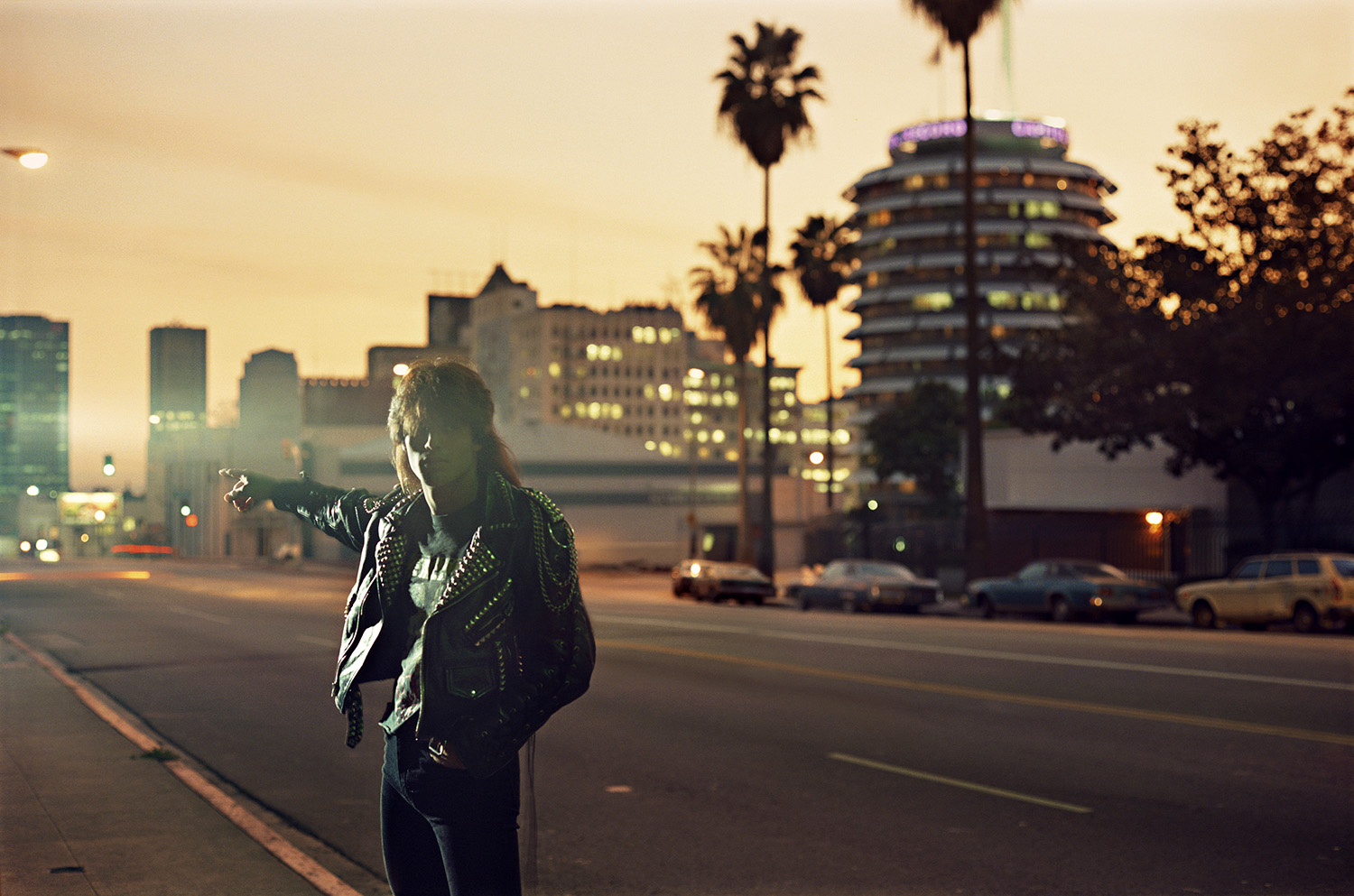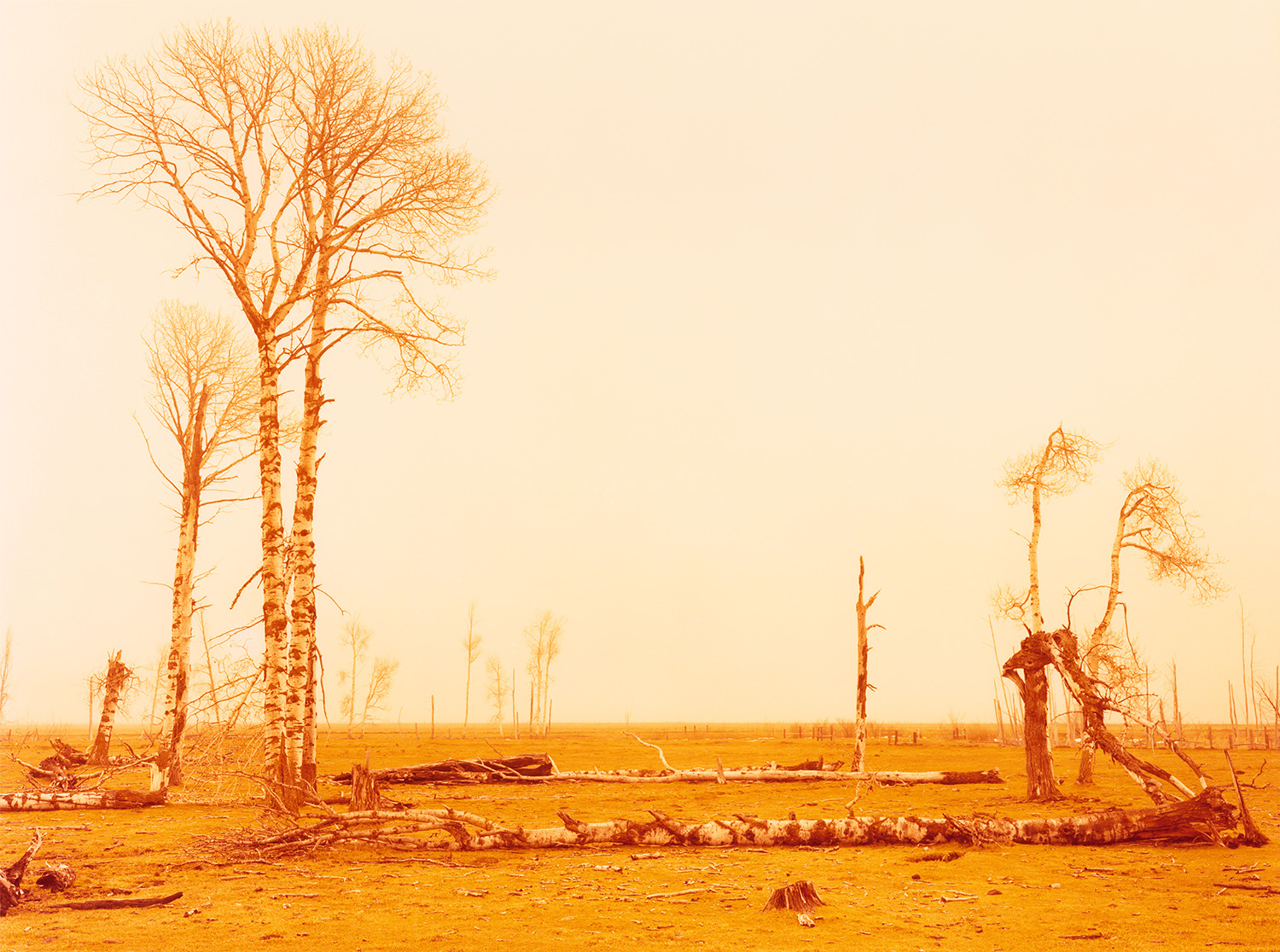
For the last installment of this series I talked to Yves Pedrono, a historian of western movies. According to him, westerns were essential in re-defining the “western conquest” and American history.
“The first movie was a western [The Great Train Robbery, 1903],” says Pedrono, “which says a lot about the impact of the genre in the American psyche.” Interestingly, he defines the real western era as spanning from 1946 (with Ford’s My Darling Clementine) to 1964 (with Ford’s Cheyenne Autumn), “because these movies carried an epic mission, which was to create, to embellish, but also to revise the foundations of American history.” After WWII the US was the leading nation in the world. Nevertheless, many directors, who themselves fought on European soil, such as Howard Hawks and John Ford, noticed that their country didn’t have testaments to a glorious past like European countries did. “They had a complex. They wanted to fill the void and chant the original glory of their nation. But which glory? It was yet to be created,” Pedrono says. Cinema would be their most powerful tool to project their fantasized glory to the rest of the world.
“From a historical perspective — and it starts with the Mayflower — the American people see themselves as the New World’s Chosen Ones. This is also true in their westerns, where striking parallels with the Bible can be drawn,” adds Pedrono. As a reference, we can go back to the nineteenth century, when Alexis de Tocqueville described, in his classic Democracy in America, that “religion […] must be regarded as the foremost of the political institutions of that country.” This relationship with the sacred would therefore be at work in the movie industry.
As the Bible states, God promised the land of Canaan to Abraham. Abraham’s descendants, the Israelites, were led by Moses to find and conquer the Promised Land. While in the desert, God meets Moses and delivers the Tablets of Law to him. The desert was a test of their faith through which the Israelites would find their promised land. “This is why the desert is so present and symbolically important in western movies: it is where the Law is fought and forged. This happens before anyone can find the Promised Land, which is California,” says the historian. “The Promised Land is the reward and the goal of the western conquest. A good example is John Ford’s Wagon Master (1950), but there are other biblical parallels. For example, the opposition between extensive and intensive farming is recurrent in this genre, which is the problem of land distribution. How will the conquerors live: as nomads or settlers? It is the same biblical confrontation of Abel and Cain.”
Besides, violence in westerns movies is often expressed and resolved through duels. Two antagonistic characters face each other as mirror reflections, mirages, nemeses and fatal enemies. The duel is a mimetic form of killing: the protagonist must move faster than his enemy. The ideology specific to westerns is that luck is on the side of the lawful. According to philosopher René Girard, mimetic rivalry, or mimetic desire, is the gate humans use to enter the vicious circle of violence. Hence violence might be a central key to understanding the culture of the west.
Where is the American Promised Land today? Is it all broken up into individual, bourgeois properties? Frank Gehry is one of the principal imagineers of LA neo-boosterism in the 1990s. As Sam Davis writes, “[Gehry]’s work clarifies the underlying relations of repression, surveillance and exclusion that characterize the fragmented, paranoid spatiality towards which Los Angeles seems to aspire. […] Yes paranoia could be a misnomer, for the adjacent streets are a battleground. […] Gehry’s [architecture] is a kind of architectural fan-base, a beachhead for gentrification. Its soaring, light-filled interiors surrounded by bellicose barricades speak volumes about how public architecture in America is literally being turned inside out, in the service of ‘security’ and profit.”
Many layers compose the imagination of the American West today: an initiatory trip, a personal adventure, a place to revisit American history or to experiment with new boundaries between faith, contemplation and intellect… Or a window on the starry vault of humanity’s greatest desires. The American Dream gave birth to a religion of success. To be successful is to be a Chosen One. The Desire behind the Dream taps resources of the imagination — a source of wealth perhaps greater than the land itself. Go West, become sacred or die trying.




